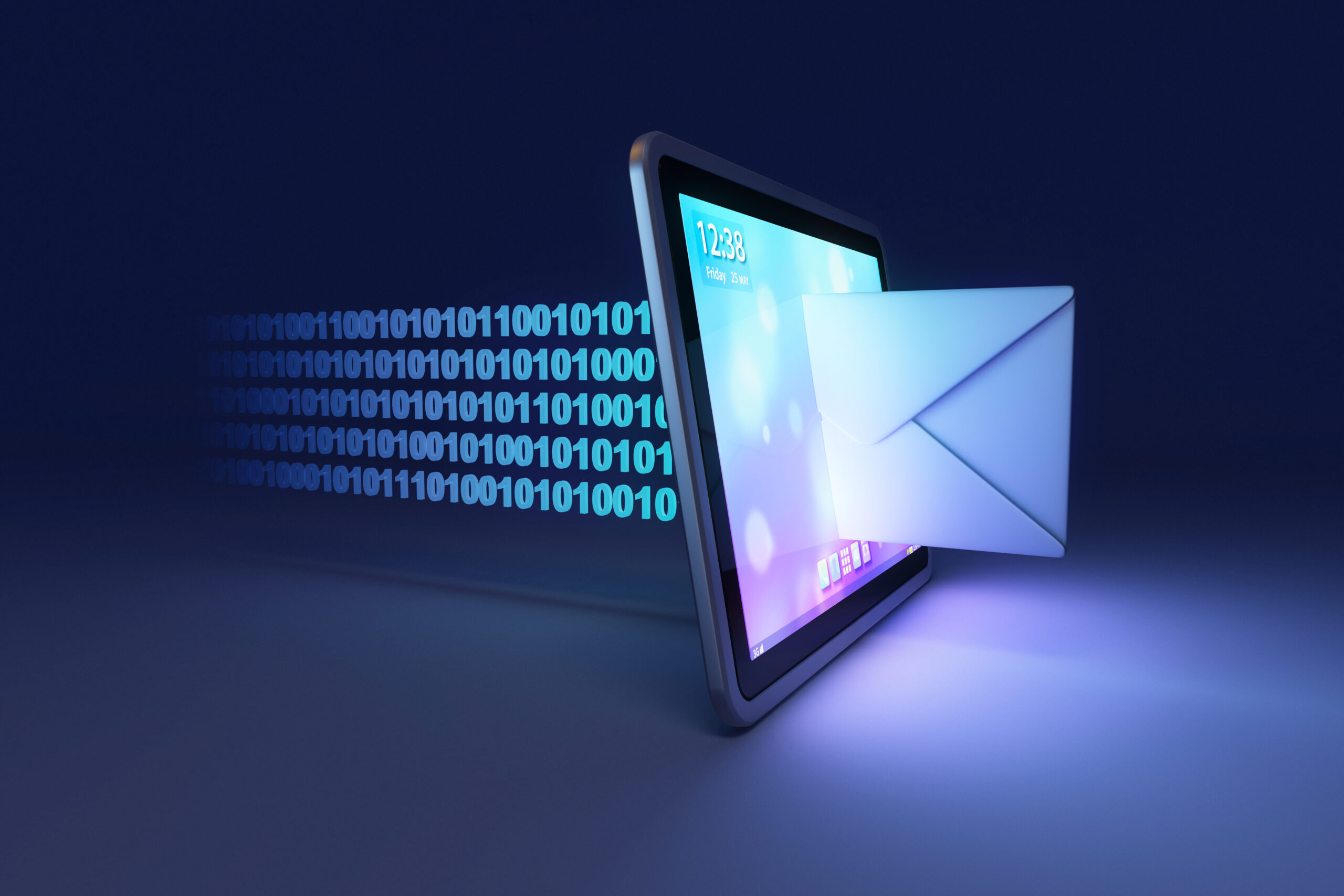
Artificial Intelligence (AI) and Augmented Reality (AR) touch every industry with outreach expanding on an exponential scale. Mailing and shipping are certainly an example of AI reshaping work efficiencies and driving tasks. As technology advances, history reminds us that the embracement of progress leads to a better world.
AI and AR evolve from upgrades and enhancements. At TMG, a proven leader in the mail and print arena, we remain dedicated to incorporating technological advancements and innovations via research and analysis to maintain our commitment to continuous improvement. We explore four (4) proven benefits of AI in the services we offer to our customers, highlighting improvements in digital mail, mailing and shipping, inbound mail services, and package receiving. We will remain at the forefront of innovation and progress through education, research, and a total dedication to providing subject matter expertise within our industry.

1. Digital mail continues to evolve at a rapid pace, advancing far beyond other mail systems and distribution services. In its infancy, mail was but a static document to be scanned and routed. The implementation of AI into digital mail systems changed that, enabling OCR (optical character recognition) of documents for rapid search, retrieval, and routing through advanced recognition. AI provides the functionality to interpret delivery preference, building intelligence that best routes documents based on prior ‘learning.’ Additionally, digital mail intelligence integrates document data via voice recognition, extracting data for interpretation and importation, creating automated efficiencies that eliminate human error.

2. Outbound mail and shipping evolution comes from machine innovation. Users can shop and compare shipping methods, contracts and services, commitments to on-time delivery, and cost. AI scans shipper preferences based on history and can suggest address corrections to avoid delivery delays. Chatbots that replace human communication gain further insight into alternative options. Additionally, intelligent inserting equipment determines page counts to calculate savings based on weight and size and routes to station adjustments for proper envelope insertion. Advancements in AR technology can link recipients to electronic communications using a USPS-informed delivery option, whereby receiving access to mail content prior to hard copy delivery.

3. Inbound mail processing is at the start of every mail services workflow. Technology has advanced speed and accuracy, from robotics reading delivery labels for sort and distribution to voice recognition that understands delivery commands. The software reduces the volume and time spent on unidentified mail using AI that can learn sender and delivery tendencies to better suggest delivery destinations.

4. Package receipt and delivery is growing as innovative technology stays ahead of expectations. AI speeds delivery using scanned barcodes to determine movement. Tracking systems determine recipient preference around delivery which is especially important in today’s hybrid workplace. AI contributes value as businesses maintain accountability through the delivery chain of custody among the high volumes of packages and mail. Package locker technology has come to the rescue of increased delivery expectations, enhancing delivery and receipt via QR code access lockers with AI providing directional information to reroute a package or recipient accordingly. Miniature mobile robots, a.k.a. delivery bots, have also joined the receipt and delivery process. The technology continues to evolve, with applications widely being used in hospitals, on university campuses, and in apartment home communities. While bots and autonomous vehicles have a way to go in proving reliability, they have made their presence known in organizations and as part of supply chain logistics. Smartbots could become the most efficient way to receive, unload, and deliver mail and packages. As information-based barcodes advance, so too can the delivery point data as it is downloaded and processed to streamline supply chains, further eliminating the need for manual programming as smart machines continue to gain knowledge and intelligence.
Our experts and leadership will work with you to devise and implement a strategy that frees you to do the work you were meant to do. Contact us for a consultation.


